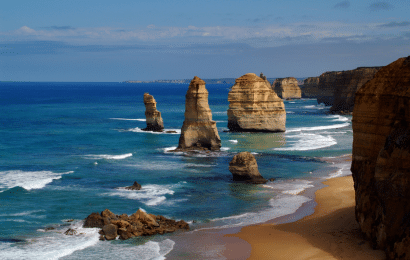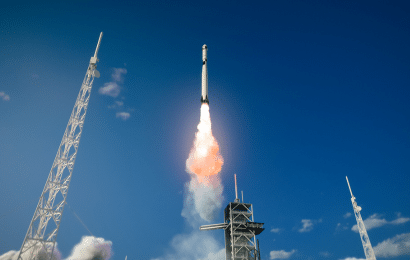Urban exploration, a captivating blend of adventure and discovery, unveils the hidden soul of bustling metropolises by delving into the forgotten corners and overlooked histories that form the intricate tapestry of city life. Beyond the dazzling façades and well-trodden streets lies a realm of untold stories, abandoned structures, and atmospheric remnants of bygone eras, waiting to be unearthed by intrepid individuals drawn to the allure of the unseen. As the heartbeat of innovation and culture, cities often carry layers of narratives that intertwine with the evolution of society itself. Urban exploration, often abbreviated as urbex, transcends the conventional tourist experience by offering seekers a chance to immerse themselves in the untamed essence of urbanity, where dilapidated factories, derelict theaters, and decaying mansions whisper tales of grandeur and decline. Yet, this pursuit is not without its challenges; it requires a delicate balance between preserving the sanctity of historical sites and embracing the thrill of discovering the forgotten. In this age of rapid urbanization, urban exploration serves as a poignant reminder of the ephemeral nature of urban landscapes and invites us to question what it means to truly know a city. This essay embarks on a journey through the labyrinthine corridors and shadowed enclaves of urban centers, shedding light on the motivations, ethics, and the profound connection between intrepid explorers and the beating heart of vibrant cities.

Unveiling the Pulse of Dynamic Metropolises through Urban Exploration:
Unveiling Forgotten Stories:
Urban exploration is akin to being an archeologist of the modern world. Explorers venture into abandoned warehouses, factories, and residential buildings, uncovering relics of the past. These spaces serve as time capsules, revealing how industries flourished and waned, how architectural trends evolved, and how societal shifts left their marks. Explorers might find remnants of old machinery, faded advertisements, and personal items that offer glimpses into the lives of those who once inhabited these spaces.
Preservation of History:
Through their documentation efforts, urban explorers contribute to the documentation and preservation of urban history. Photographs, videos, and detailed accounts provide a record of places that might otherwise be forgotten or demolished. This visual documentation becomes a valuable resource for historians, researchers, and urban planners, enabling them to piece together the narrative of a city’s growth and transformation over time.
Reclaiming Urban Space:
Urban exploration challenges the notion of urban space as fixed and static. Abandoned spaces, once considered lost to neglect, are given new life through the attention of explorers. Their discoveries draw attention to the potential for creative reuse and revitalization, sparking conversations about transforming these spaces into cultural hubs, art galleries, or community centers. This reimagining of forgotten spaces can contribute to the revitalization of neighborhoods.
Alternative City Experience:
Urban exploration offers a departure from the tourist trail, encouraging participants to engage with a city’s hidden layers. Away from popular landmarks, explorers navigate a city’s underbelly, discovering lesser-known stories and landmarks that might not be highlighted in travel guides. This type of exploration fosters a deeper connection with the city, as explorers become immersed in its lesser-seen aspects.
Sense of Adventure:
The appeal of urban exploration lies in the adventure it offers. Explorers often need to solve puzzles and overcome physical challenges to access these hidden spaces. Climbing through broken windows, traversing narrow passages, and carefully stepping on unstable surfaces evoke a sense of excitement and accomplishment. The physicality required, combined with the allure of the unknown, creates a unique experience that connects participants with the past.
Ethical Considerations
Urban exploration is not without its ethical dilemmas. Explorers must grapple with questions of trespassing, safety, and preservation. Responsible urban explorers prioritize safety by wearing proper gear and respecting safety regulations. They also understand the importance of not causing damage to the spaces they explore, as even a small disturbance can irreversibly alter the historical integrity of a site. Many urban explorers advocate for the “take only photographs, leave only footprints” ethos.
Reflection on Urban Dynamics:
Engaging in urban exploration prompts philosophical reflection on the ever-changing nature of cities. Explorers witness the stark contrast between vibrant neighborhoods and the silent decay of forgotten buildings. This experience invites contemplation about the cyclical nature of urban development, the impact of economic shifts on communities, and the impermanence of human endeavors. The juxtaposition of these spaces with the bustling city outside serves as a reminder of the dynamic forces that shape urban landscapes.
Also Read: Top 5 Unexplored Gems for Adventure Travelers
Bottom line:
Urban exploration, an exhilarating blend of adventure and discovery, involves venturing into the hidden nooks and crannies of vibrant cities, peeling back the layers of time to reveal forgotten stories and overlooked beauty. Enthusiasts, armed with curiosity and often cameras, traverse through abandoned buildings, underground tunnels, and derelict spaces that once pulsed with life, capturing the haunting allure of decay while also shedding light on the urban evolution. With an ethos rooted in respectful curiosity, urban exploration unveils the symbiotic relationship between humanity and its urban landscapes, prompting us to reflect on the past, present, and future of our cities, their people, and the dynamic forces that shape them.









